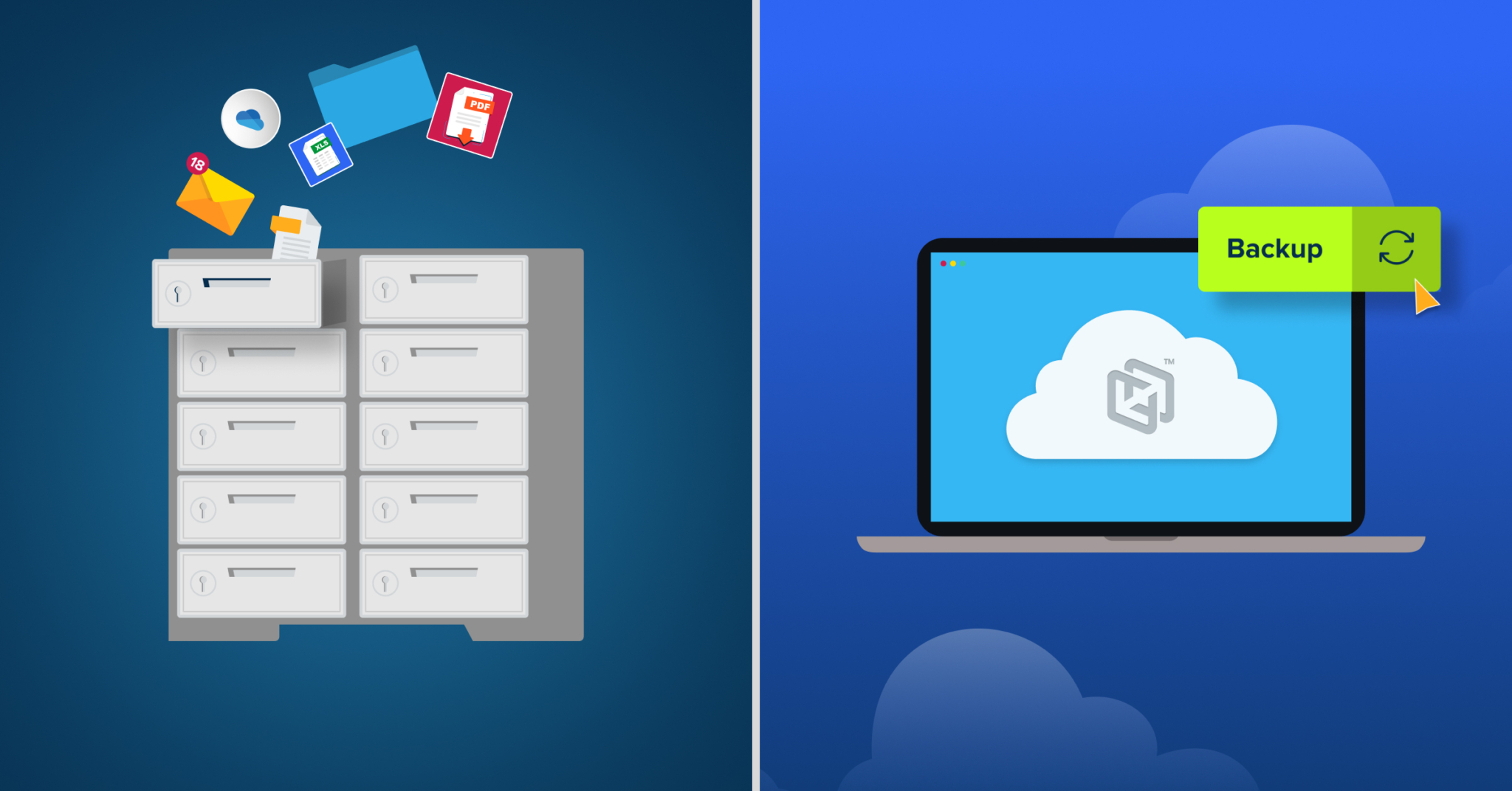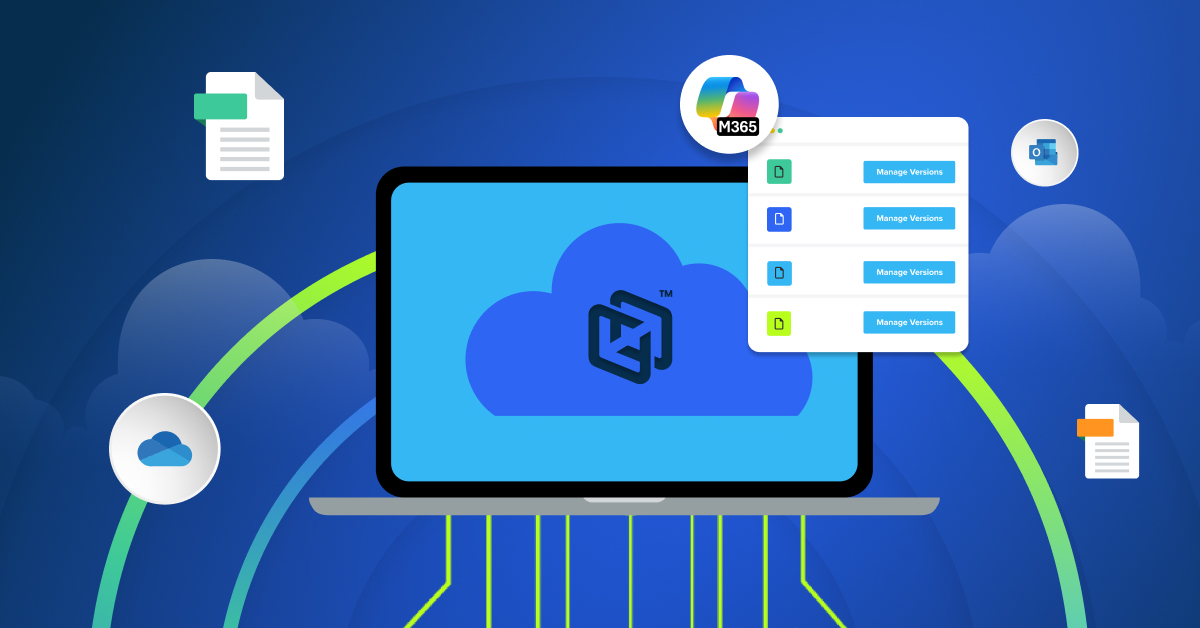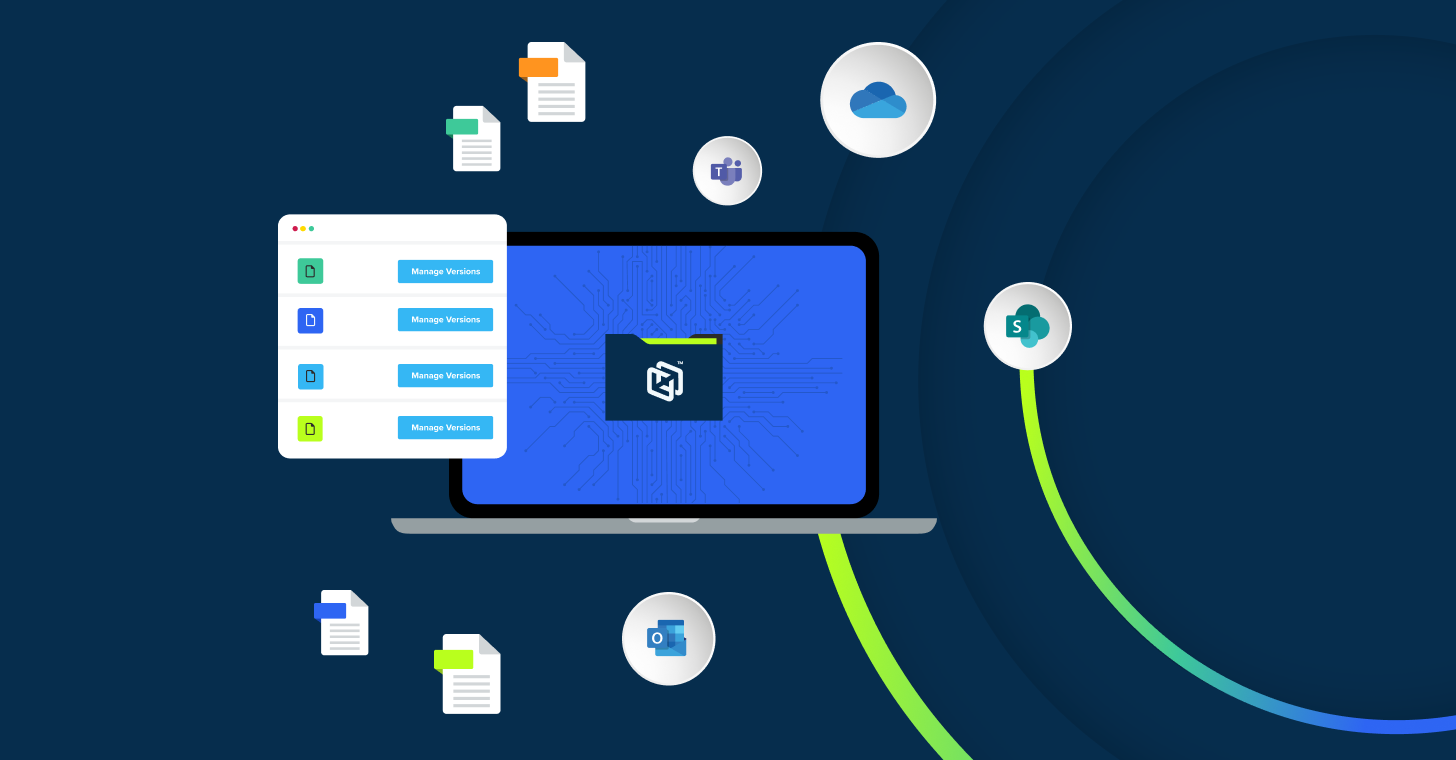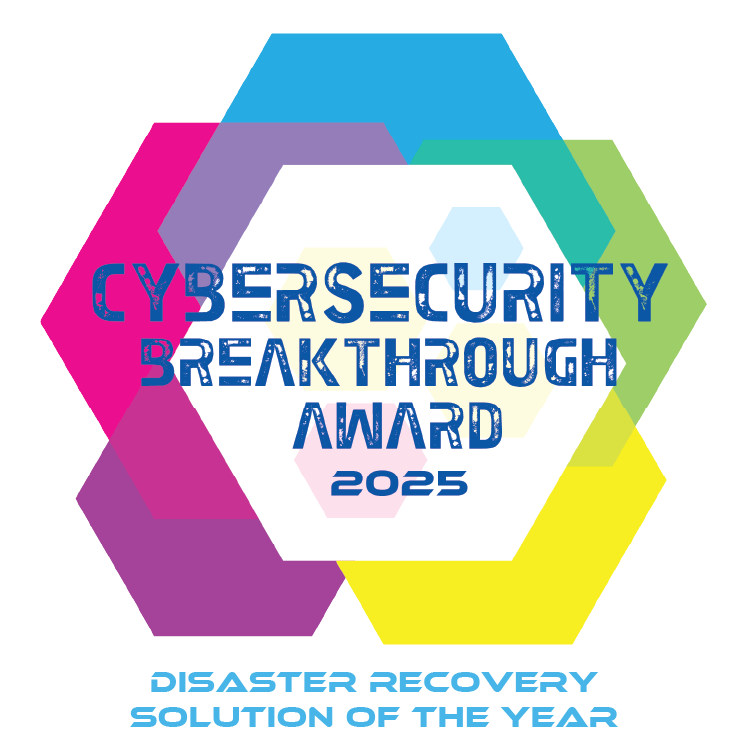
Archiving isn’t just about storing old emails. It’s about being ready when audits happen, regulations change, or when someone asks, “Can you pull up that thread from 2019?”
Microsoft 365’s (M365) built-in archiving does a decent job of retaining emails and supporting mailbox cleanup. It helps with long-term data storage, but it wasn’t built for complete data protection or fast recovery. As teams grow, work becomes more collaborative, and security expectations evolve, archiving alone quietly starts to fall short. And many IT teams only notice it when they’re knee-deep in a data recovery crisis or an unexpected audit.
So, what’s the alternative? It’s not about replacing archiving. It’s about extending your data strategy. Built-in archiving in M365 isn’t designed to be a complete data protection solution and businesses need to think beyond it. Here’s why:
What is data archiving?
In plain terms, data archiving is the process of moving older, less frequently accessed data, like emails or documents, into a separate, long-term storage system. In Microsoft 365, this often means taking emails that are no longer needed day-to-day and storing them in an archive mailbox instead of deleting them outright.
The goal of data archiving is simple. It helps reduce clutter in active mailboxes, saves storage space, and meets certain compliance or retention requirements. Archiving keeps data available for reference without it getting in the way of everyday use.
Here’s what archiving is not: It’s not a backup. It doesn’t create separate, restorable copies of data. It doesn’t protect against data loss caused by accidental deletion, ransomware, or policy misconfiguration.
What is the difference between archiving and data backup?
Data archiving and backup often get used interchangeably, but they serve very different purposes.
Archiving helps you move older emails out of your active mailbox and into long-term storage. It’s great for organizing data and meeting basic retention needs. But if you lose a file, delete an email by mistake, or face a system failure, archiving alone won’t help you restore it.
Backup, on the other hand, captures your data regularly and keeps multiple versions. It lets you go back in time and recover exactly what you need, when you need it – whether it’s a single file or an entire mailbox.
In short, archiving stores information you might want to reference whereas backup protects data you might need to restore. Best practice is to do both, but not relying on one to do the job of the other.
4 Reasons why you need to look beyond the built-in Microsoft 365 archive
Archiving in Microsoft 365 gives you a helpful starting point, but that’s all it does. As compliance requirements grow, litigation needs get more complex, and business risks evolve, relying on one built-in feature can quietly leave you exposed. It’s important to think beyond the default, here’s why:
1. Compliance and limitations of built‑in tools
New privacy laws, industry-specific regulations, and the explosion of data types (from chats to social media) mean that compliance requirements are more complex than ever. Relying solely on Microsoft 365’s built-in archiving features can leave gaps. In fact, analysts have noted that M365’s native capabilities often don’t meet all the additional eDiscovery and regulatory requirements many enterprises face. For example, some regulations (such as SEC/FINRA rules for financial firms) mandate immutable, tamper-proof communications storage. Microsoft itself cautions that it cannot prevent users from deleting or altering emails in M365, which means it might not fully satisfy the requirement for a write-once, read-many (WORM) archive in those cases. Organizations need SaaS backup solutions that adapt quickly to new rules and encompass more than just Microsoft’s own content.
2. Legal hold, long-term retention, and eDiscovery challenges
Microsoft 365 covers the basics, but when it comes to long-term retention, legal holds, and deep search, limitations start to show. Its M365 retention policy, like the default 30, 90, or 365 days, might work for general use, but many industries require data to be stored for 7 years or more. To meet those needs, businesses often end up over-retaining everything, just to stay safe. And if you’re preserving ex-employee emails, you may need to keep their accounts active, which adds licensing costs and complexity.
Microsoft’s legal holds are useful, but not always scalable. Archived mailboxes can hit size caps in certain plans, which might cause newer data under hold to be missed. These aren’t everyday issues, but they can become blockers when the stakes are high.
Searching for data is another challenge. M365 eDiscovery tools struggle with large volumes, especially when you’re trying to find something inside attachments or compressed files. For legal or audit needs, that’s not ideal. So, it is always a smart move to pair M365 with a secure SaaS backup solution. This will help you get control over retention timelines, have ease in handling holds at scale, and ensure your teams can find the right data when required.
3. Risk of overdependence on a single ecosystem
Relying only on Microsoft 365 for archiving is a bit like putting all your eggs in one basket. It may seem convenient until something goes wrong. If Microsoft has an outage, even for a short time, you could lose access to archived emails and files. For legal or compliance teams, that delay can be a roadblock.
You’re also depending entirely on Microsoft’s roadmap. If a new compliance requirement comes up and their tools aren’t ready, you can’t act quickly. And moving your data out of their ecosystem later? That’s often slow and frustrating. So, having a SaaS backup along with archiving will help you keep your data accessible. It also gives you flexibility to meet new rules, control your own timelines, and avoid vendor lock-in.
4. Searchability and accessibility
Just storing data is not the last step. When someone asks for a years-old email or a legal team needs quick access to a specific file, you shouldn’t have to dig, wait, or second-guess if it’s even there.
You need to find it fast, access it easily, and know it hasn’t been tampered with. So, just archiving can’t help you. In such cases, you need a strong Microsoft 365 backup and recovery solution that can simplify your search. It lets you search across huge volumes of data, including emails, attachments, folders, and pull out exactly what you need, when you need it. Even if the request is time-sensitive, the right solution can get you there in minutes, not hours. Also, it takes the pressure off IT. Legal, HR, or compliance teams can get secure, read-only access on their own, with the right controls in place. And when it comes to audits or investigations, you can prove the integrity of your data with detailed logs and tamper-proof storage.
CrashPlan: Go beyond the basics of data archiving
Microsoft 365 does a good job with everyday archiving needs. But when you need to retain data longer, search across platforms, or meet tighter compliance demands, it can fall short. CrashPlan helps you go beyond the basics. It adds an extra layer of security, gives you powerful search tools, and supports retention across multiple data sources—not just Microsoft 365. You also get easier access for legal and compliance teams, better cost control, and confidence. It’s not about replacing what you use. It’s about adding an extra layer of security and protection to create enterprise-ready cyber resilience.







